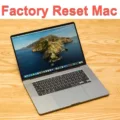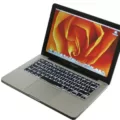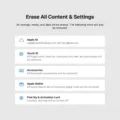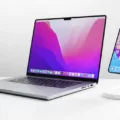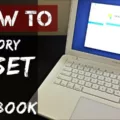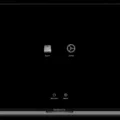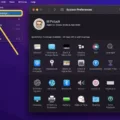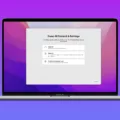If you are the proud owner of a Macbook Pro, then you know how reliable and powerful these laptops are. But like any technology, there may come a time when something goes wrong. One common issue that Macbook Pro users may experience is a question mark apearing on the boot screen. So what does this mean, and how do you fix it?
When your Macbook Pro boots up and you see the question mark on the screen, it means that your laptop is having trouble locating an operating system. This issue can be caused by seeral factors, such as a corrupt system file, an outdated version of OS X, or even a hardware failure.
Fortunately, thee are several ways to troubleshoot this issue and get your Macbook Pro running again. First, make sure your laptop is up to date with all the latest software updates from Apple. You should also check for any damaged or corrupted files – if you find any issues with your system files, then reinstalling OS X can help fix them. Finally, look into replacing any damaged or incompatible hardware components in order to get your Macbook Pro back up and running again.
If none of these solutions work for you, then it may be time to take your laptop in for repairs or contact Apple customer service for further assistance. No matter what the problem is with your Macbook Pro, these tips should help get it back in good working order soon!
Fixing the Question Mark on Mac at Startup
If your Mac starts up to a question mark, the first thing you should do is press and hold the power button on your Mac for up to 10 seconds, unil it turns off. Once it is powered off, use Disk Utility to repair your startup disk. Disk Utility can find and repair any errors on the disk, so this should resolve the issue. If Disk Utility finds no errors or repairs all errors, then you should reinstall macOS. If you need further assistance, please contact Apple Support and they can help you with any additional issues.
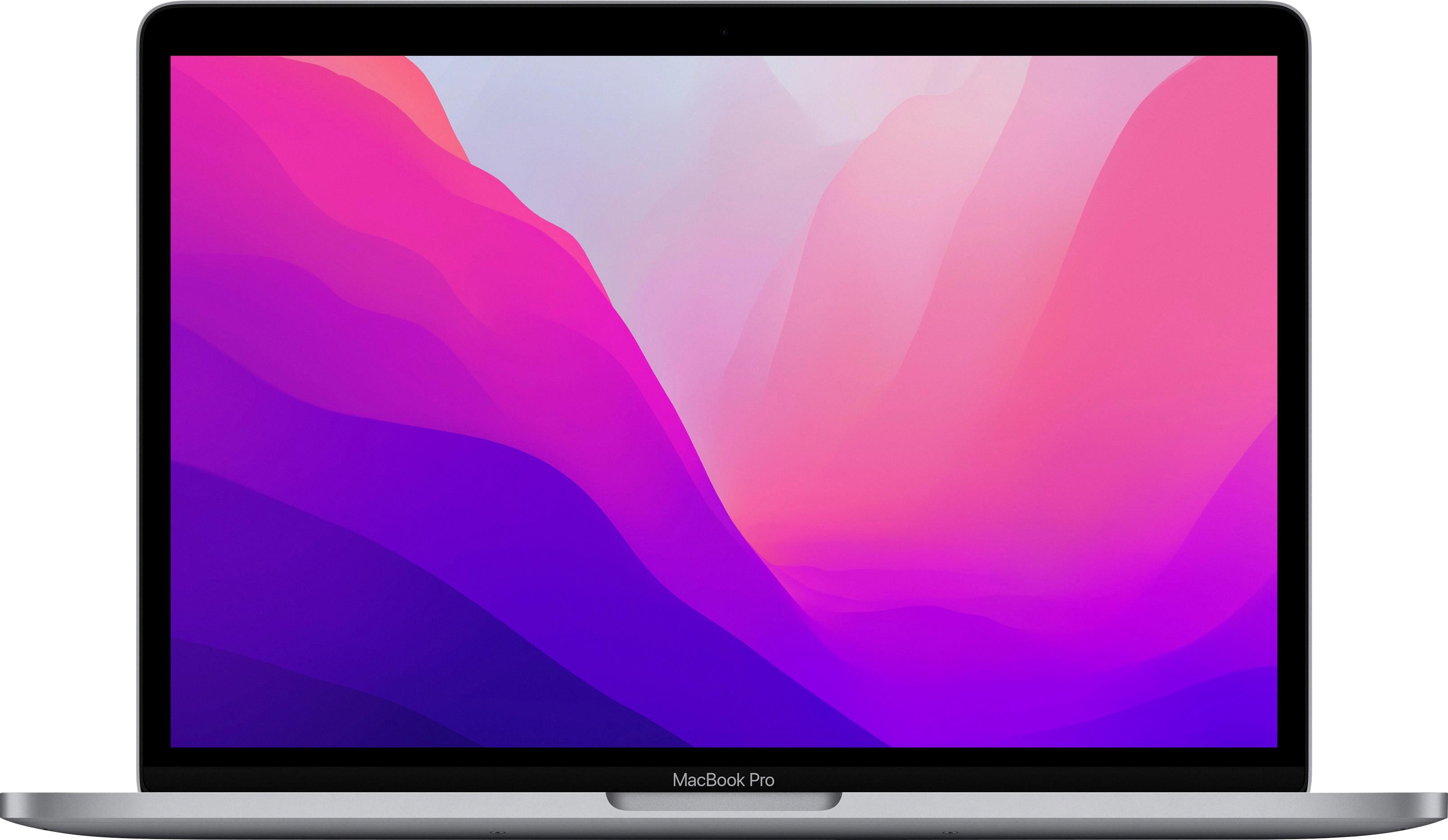
Source: bestbuy.com
Removing the Question Mark Folder on Mac
The question mark folder on Mac indictes that your Mac is unable to find a valid system software to boot from. To get rid of this, you will need to repair the startup disk with macOS Utilities.
To do this, restart your Mac and press and hold Command + R when you see the Apple logo appear on the screen. This should take you to Recovery mode. From here, open ‘Disk Utility’ and select your startup disk in the left pane. Click ‘First Aid’ and let Disk Utility check and repair any errors it finds on the disk. Once complete, restart your Mac aain and it should boot normally without the question mark folder appearing.
Booting a Mac Into Recovery Mode
To boot your Mac into Recovery Mode, first click on the Apple logo at the top left of your screen. Then select ‘Restart’. Immediately after this, hold down the Command and R keys until you see either an Apple logo or a spinning globe. If you see the spinning globe, it means that your Mac is trying to start macOS Recovery via the internet becuse it is unable to start from its built-in recovery system. Once you have booted into Recovery Mode, you will have access to various tools and options that can help you troubleshoot any issues with your Mac.
Performing a Hard Reset on a Macbook Pro
To hard reset a Macbook Pro, press and hold the power button for about 10 seconds until the computer turns off. Then press and hold the Command, Option, P and R keys at the same time for about 20 seconds. When you hear a chime sound, release the keys and allow your Mac to boot up normally. This will clear any user settings from memory and restore certain security features that may have been altered.
Troubleshooting Mac Text Display Issues
Question marks appearing instead of text is typically caused by the font used in the document being unavailable on the computer. This can happen for a variety of reasons, such as if the font is not installed, or if it is installed but has become corrupted or inactive.
If you are using Suitcase Fusion to manage fonts, it may be that some of the fonts that are active in Suitcase Fusion are conflicting with other fonts that are already being used by your system. It is best to go throuh each font in Suitcase Fusion and make sure that no duplicate or conflicting fonts are active at once.
You can also try resetting your font caches by running Font Book’s “Validate Fonts” command. This will look for any corrupt fonts and problems with duplicates and fix them if possible.
If none of these solutions work, you may need to reinstall the font from its original source to ensure that it has been installed properly withot any corruption or missing files.
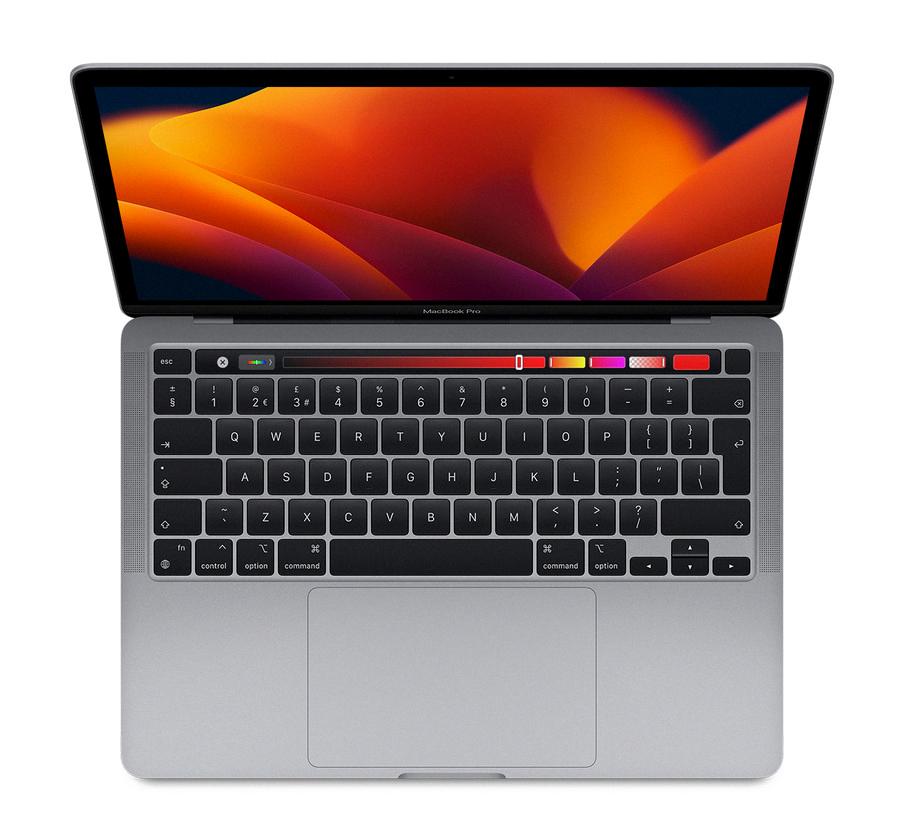
Source: apple.com
Reinstalling MacOS From USB
Reinstalling macOS from a USB drive is a reltively simple process. Before you begin, make sure you have the following items:
1. A USB flash drive with at last 16 GB of storage space.
2. A Mac running macOS 10.14 or later with access to the internet.
Once you have thse items, follow these steps to reinstall macOS from USB:
1. Insert your USB drive into your Mac and open up the Finder window.
2. Download the macOS installer application from the App Store by searching for “macOS” in the search bar located at the top right corner of your screen.
3. Open up Disk Utility (located in Applications > Utilities), select your USB drive from the left-hand sidebar, then click on the Erase tab near the top of the window and format it as “Mac OS Extended (Journaled)” using GUID Partition Map as its scheme.
4. Return to Finder and double-click on your newly formatted USB drive to mount it, then launch Terminal (also located in Applications > Utilities) and type in this command: sudo /Applications/Install\ macOS\ High\ Sierra/InstallESD.dmg –convert /Volumes/USBDRIVE –format RDRW –erase –newname InstallESD Note: be sure to replace “USBDRIVE” with your actual USB drive name!
5. Wait for Terminal to finish erasing and converting your disk image, then type in this command: sudo /Applications/Install\ macOS\ High\ Sierra/BaseSystemBooterloader –install /Volumes/USBDRIVE Again, be sure to replace “USBDRIVE” with your actual USB drive name! This will install all necessay boot loader files onto your USB drive so that it can be used as an installation media for reinstalling macOS on any compatible Mac computer.
6. Finally, eject your USB drive from Finder and insert it into any compatible Mac computer that needs to be reinstalled with macOS High Sierra or later version of Apple’s operating system—then just hold down Option key while booting up the machine to access its boot menu and select “Install OS X” option!
Restarting a Frozen MacBook Pro
If your MacBook Pro is frozen and you are unable to use the operating system, you can restart it by pressing and holding the power button for 10 seconds or more. This will force shut down your Mac, so be sure to wait a few moments for it to cool off before pressing the power button again to restart it. If this does not work, you can also try unplugging your Mac from its power source and then plugging it back in ater a few seconds.
Understanding the Use of Question Marks in Texts
Question marks (?) are used in texts when the sender’s device is unable to interpret the message correctly. This can be caused by a variety of issues, such as incorrect language settings, an outdated version of a messaging app, or interference from a VPN or proxy. It can also happen if a message was sent using a diferent type of character encoding than the receiving device is expecting. In some cases, it may just be due to an issue with the cellular network connection.
Factory Resetting a Macbook Pro Using a USB
To factory reset your Macbook Pro using a USB drive, you’ll need to start by creating a bootable USB drive with the macOS installer. To do this, you’ll need to download the macOS installer from the App Store and use Disk Utility to create an image of that installer on your USB drive.
Once your bootable USB drive is created, insert it into your Macbook Pro and power it on. As the machine starts up, press and hold down the Option key unil you see a dark screen with a list of available bootable volumes. Select the volume for your bootable USB drive and press Return or click the up arrow. Your Mac will then reboot and open the macOS Utilities window.
From there, select “Disk Utility” from the list of options and then click “Continue”. Select your Mac’s hard drive from the list of drives in Disk Utility and then click “Erase”. Choose “Mac OS Extended (Journaled)” as your format type and then click “Erase” again to confirm. Once that’s done, quit Disk Utility and select “Reinstall macOS” from the macOS Utilities window. Follow the instructions onscreen to complete the installation process and factory reset your Macbook Pro.
Conclusion
The MacBook Pro is a powerful and reliable laptop that can help you stay productive and creative no matter where you are. It has a sleek, modern design, great battery life, and an impressive suite of features that make it ideal for any situation. It comes with the latest Intel processors, plenty of RAM for multitasking, and fast storage options. It also has excellent graphics capabilities for gaming or video editing. The MacOS operating system is intuitive and easy to use, making it perfect for even novice users. No matter what your neds are, the MacBook Pro is a reliable workhorse that can tackle any task with ease.

